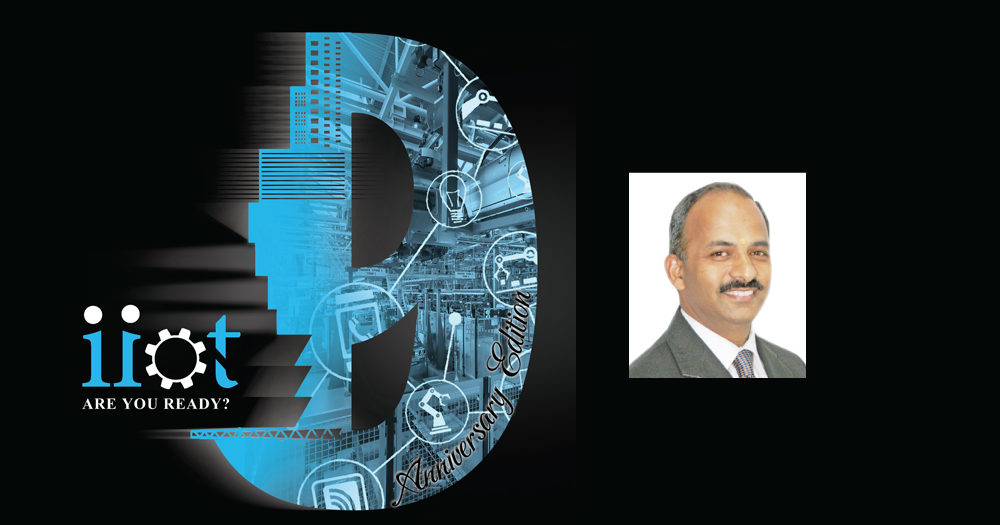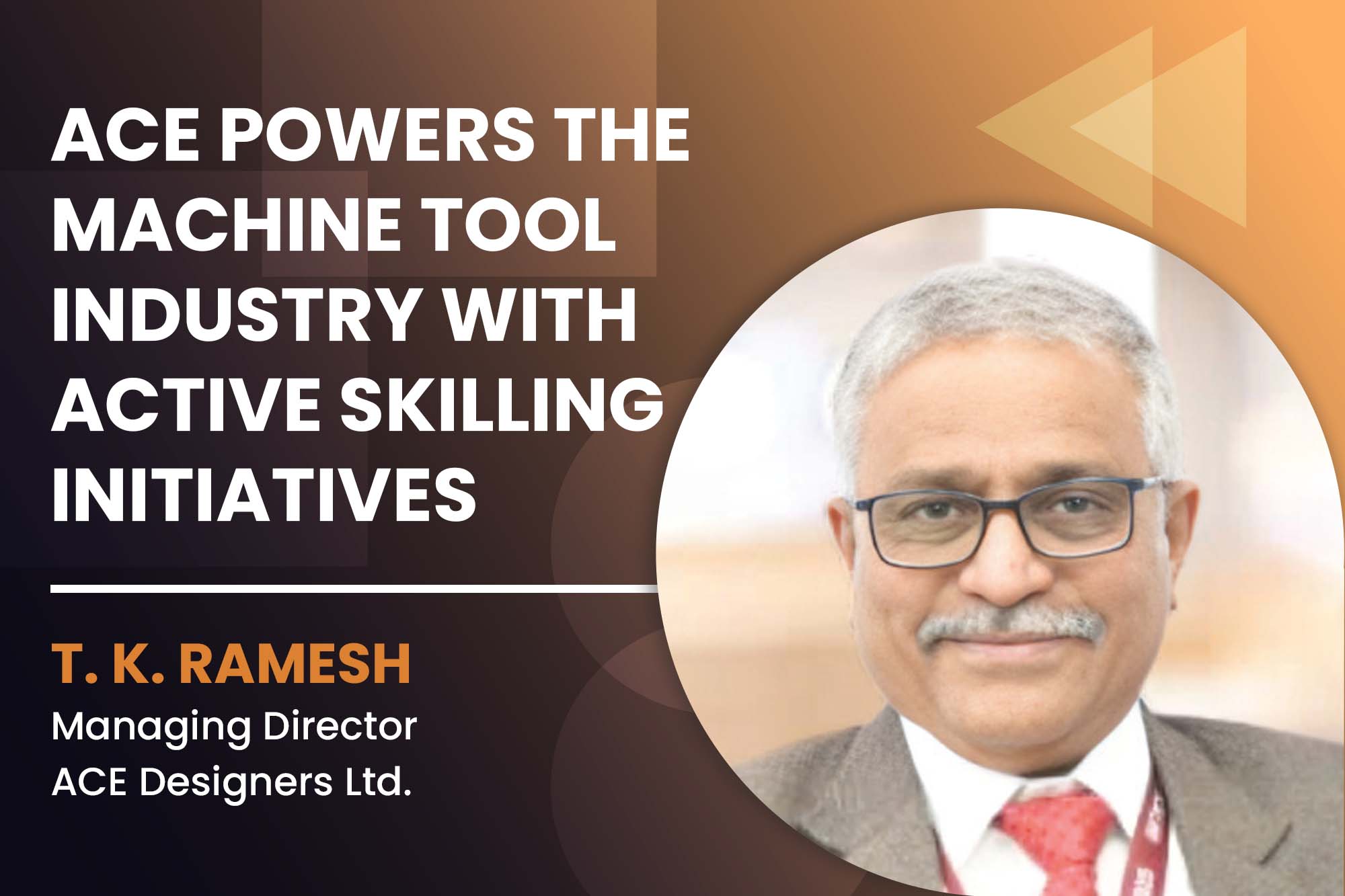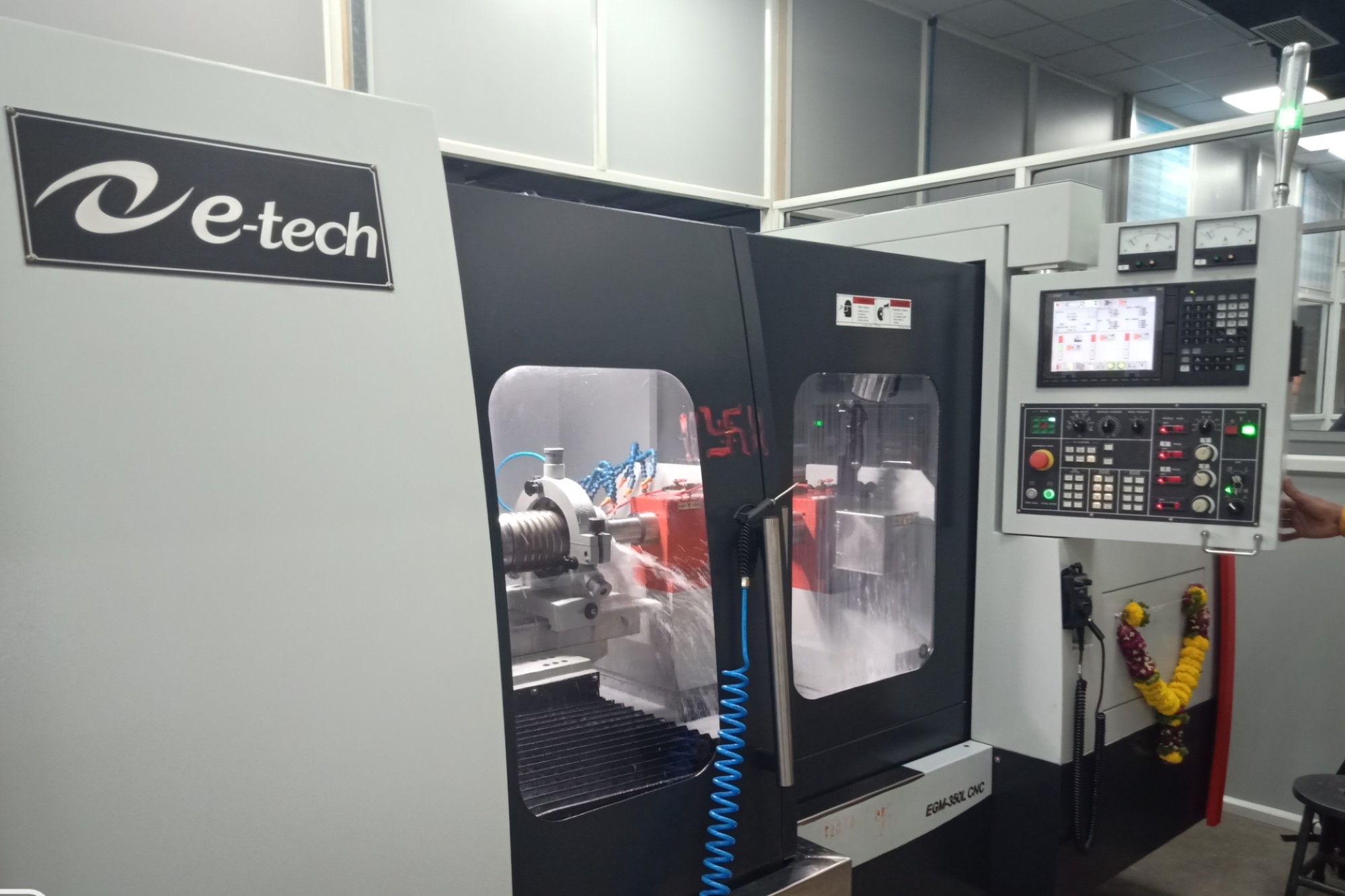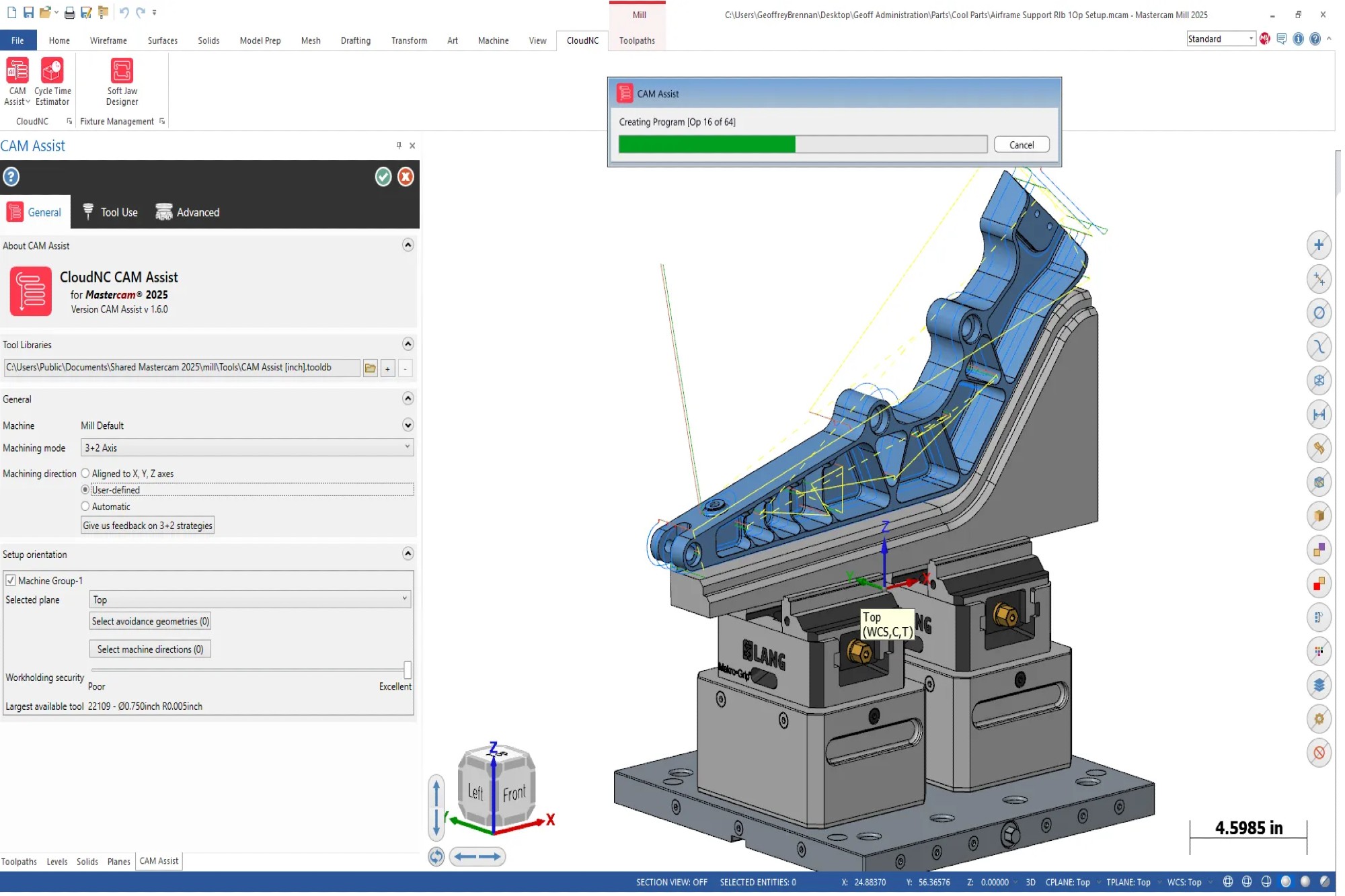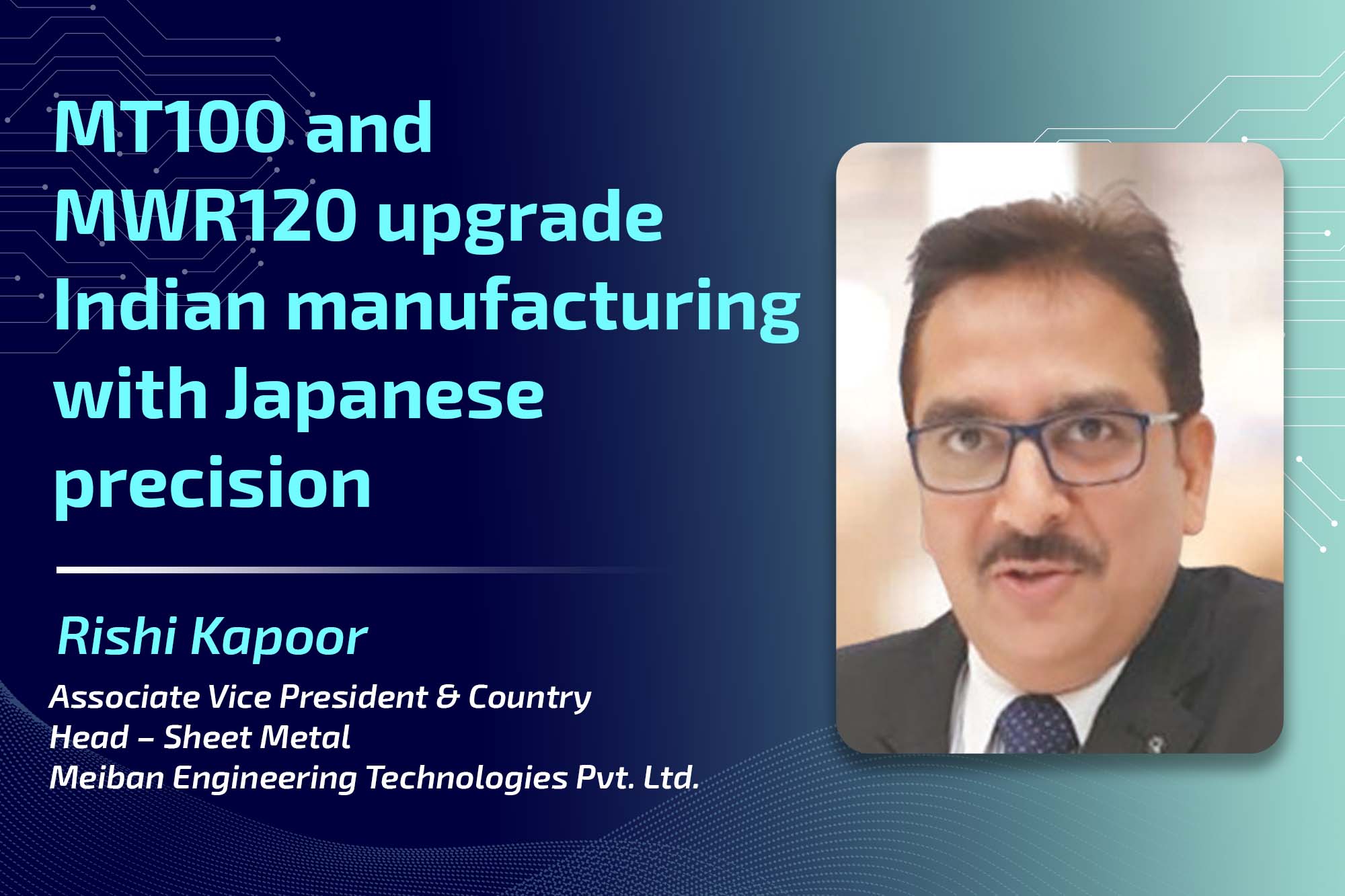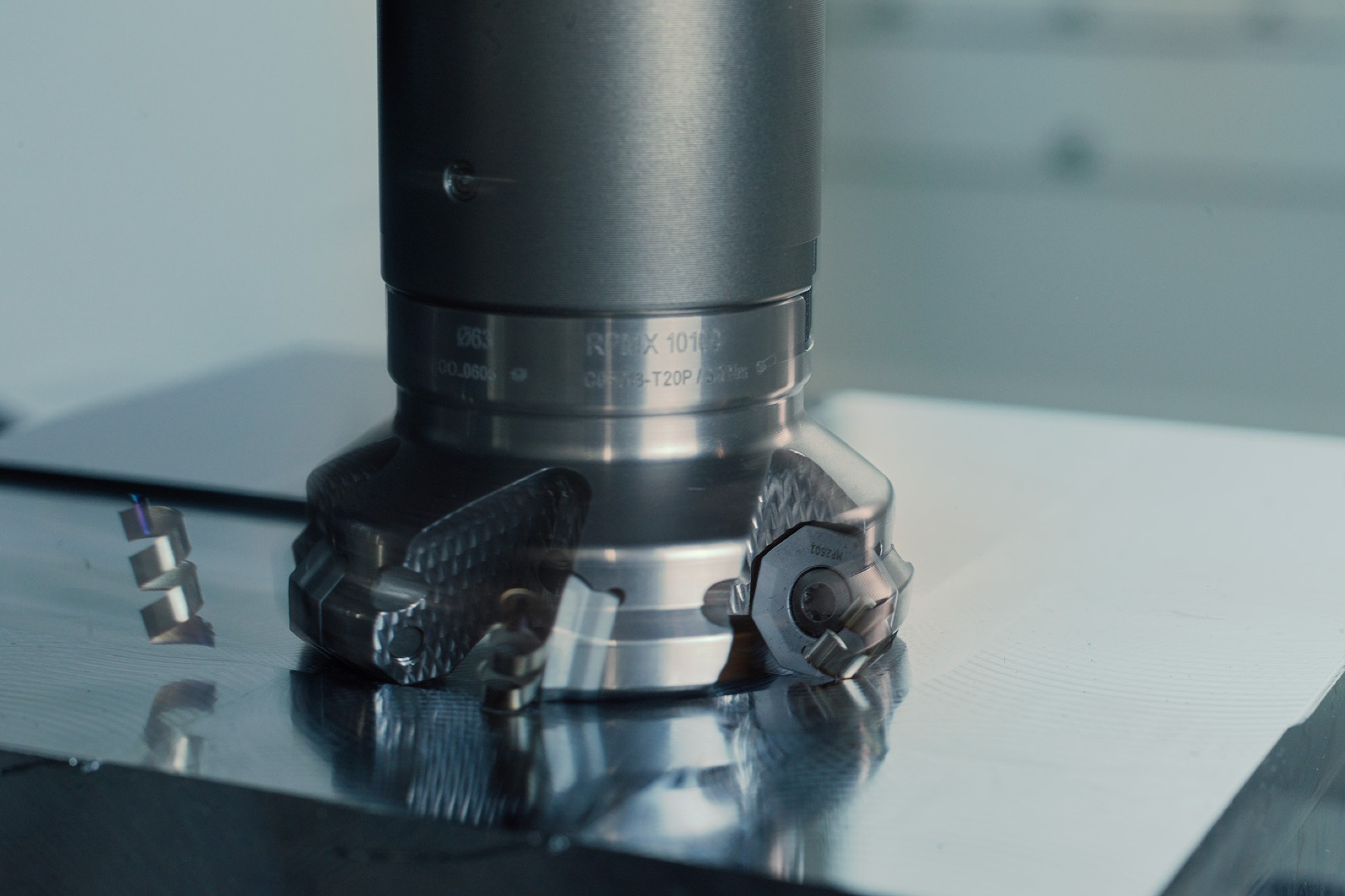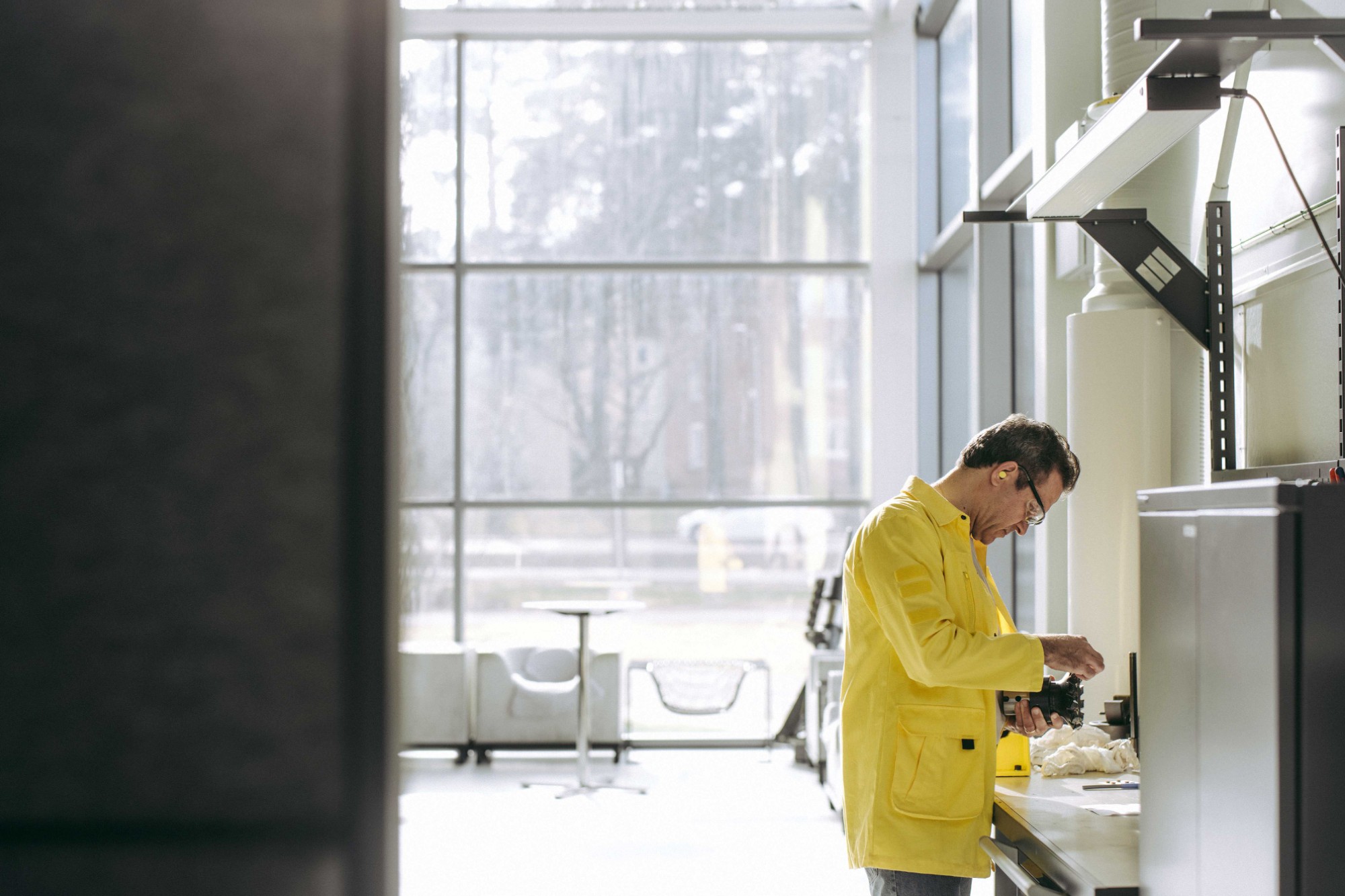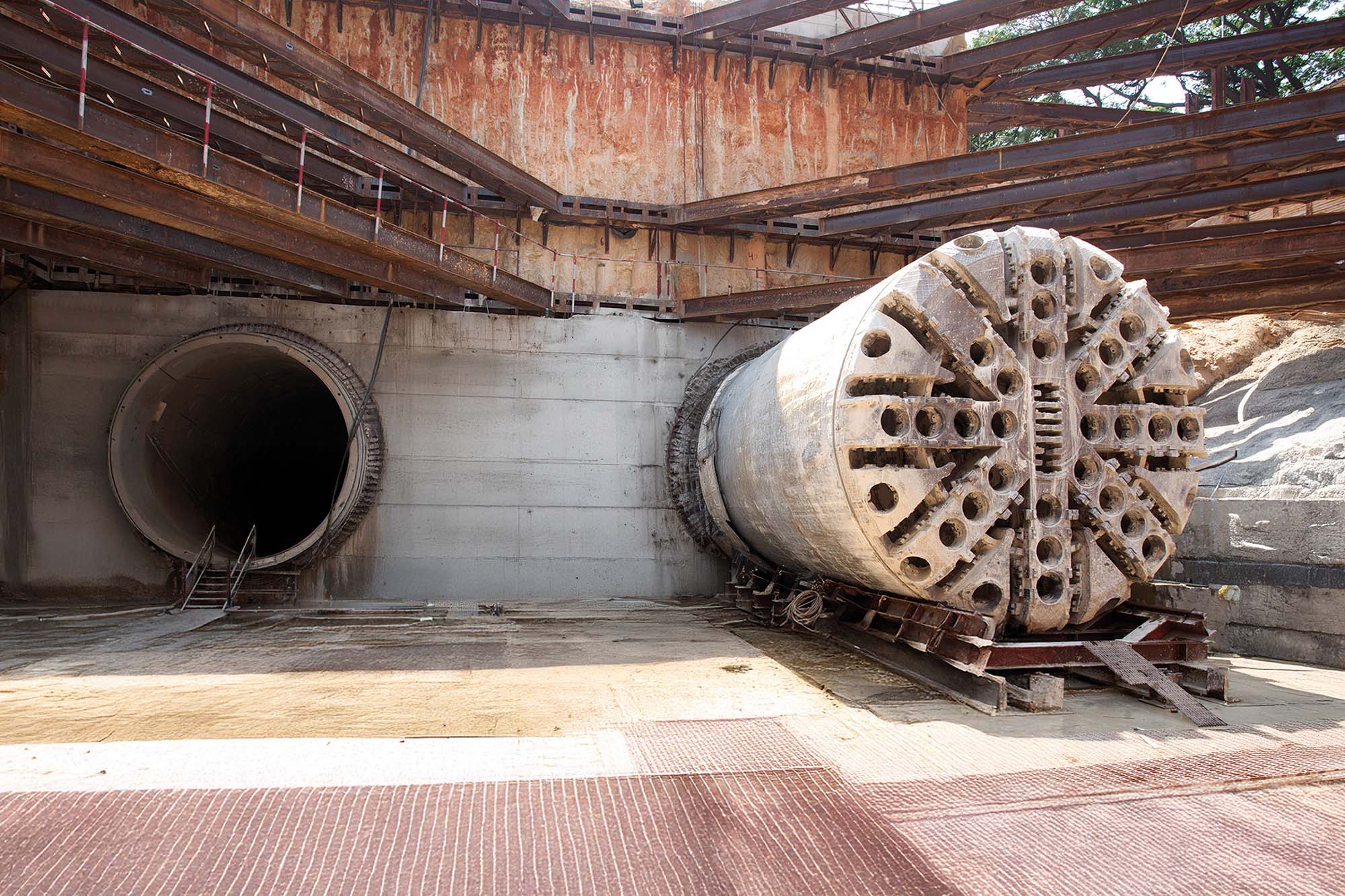IIoT to create sustainable and smart mobility
By OEM Update Editorial June 12, 2018 6:17 pm IST
Suresh KV,
Country Head, ZF India
In future IIoT will help companies in identifying new business opportunities whilst simultaneously mapping customer demand trends.
New business opportunities with the IIoT
Industrial Internet of Things (IIoT) is a core constituent of industrial transformation efforts across the globe. IIoT has gained a lot of momentum with the advent of Industry 4.0. The manufacturing industry is leading in IIoT. According to Suresh KV, Country Head, ZF India, today IIoT is helping manufacturing companies in improving productivity and efficiency. It is also helping them in reducing the down time.
He adds, “The use of IIoT in future will help manufacturing companies further streamline their operations and shop floor. In future IIoT will help companies in identifying new business opportunities whilst simultaneously mapping customer demand trends. IIoT will further in future help in maximising asset utilisation and enhance product innovation process.”
Industries that will drive IIoT adoption in 2018
IIoT has been helping industries increase their robustness and many industrial sectors are embracing it at different speeds. Few sectors like automotive, manufacturing, telecom and banking are driving the adoption of IIoT. Suresh said, “As far as automotive industry is concerned, it will be one of the sectors that will drive IIoT adoption in 2018.”
In 2018, the Indian auto industry is expected to witness major upgrade in the form of electric vehicles (EVs), shared mobility, Bharat Stage-VI emission and safety norms. “IIoT will play a key role for auto companies in creating sustainable and smart mobility. With the IIoT, manufacturers and OEMs have already started integrating their products with connected vehicles technology to be future ready,” informs Suresh.
Digital innovation strategy
ZF embraced Industry 4.0 quite some time agoZF production sites engaged with the digital revolution some time ago. Take Saarbrücken, for example. In 2014, the plant launched a new milk-run system that delivers components for four clutch modules to the final assembly line. Scanners capture the flow of materials from the warehouse to the assembly workstations in real time. The driver of the electric shuttle that regularly supplies the assembly line is kept updated by his/her mobile scanner’s display, which informs of current material levels and any route changes required – to fetch more parts from the warehouse, for example. This has enabled the plant to significantly reduce inventory levels, as well as the number of deliveries. Thanks to projects like the one in Saarbrücken, ZF is building up the experience required to introduce this new technology to other facilities.
In the recent past, there has been an exponential growth in the field of robotics. It is growing in importance as a result of the massive demand of highly customised vehicles and is a necessity to meet the constantly changing customer needs. As compared to the highly expensive robots found in the automobile assembly lines previously, economical and flexible machines are coming up which are intended to be more adaptive.
For Birol Serdar, a production line worker in transmission assembly, digital networking makes the impossible seem possible. When he first saw his new assembly workstation in Friedrichshafen’s commercial vehicle plant, his first thought was: “It’s straight out of science fiction!” Transmissions weighing over 650 pounds rotate on the production line as though guided by invisible hands as robots move them into convenient working positions. At any stage in the assembly process, Serdar can find the information he needs on his workstation’s touchscreens. He is still amazed: “I’ve become one with the computer!”
Computer-aided assembly (CAA) is the technical term for the system now in use in Friedrichshafen, Sorocaba and Passau; an example of how ZF is tapping the potential of Industry 4.0. Flexibility is key: Serdar assembles 190 transmissions per shift. Each one is unique, and there are 6,000 possible product variants. This is why he is grateful for “Pick-by-Light”, a paperless part-picking solution. During the “small parts” step in the assembly process, for instance, the drawer
with the precise part he needs lights up right when he needs it.
The operator assistance system provides information, authorises resources, and helps with quality control. There is only one thing it cannot and is not intended to do: replace people. “When people think of Industry 4.0, they usually assume everything is fully automated. But many operations will still require the human touch – even in the future,” says Dr. Nils Macke, Head of ZF’s Industry 4.0 steering committee. Birol Serdaris not worried that a robot will take his job. “Our products are much too complex and individual for that.”
Back home in India, the Brakes India plant, (JV partner of ZF – ZF 49 per cent and TVS 51 per cent) implemented robot operations, which has led to a 200 per cent increase in productivity. This system gives an option of running a third shift with minimum manpower deployment and helps reduce the capital expenditure for increasing capacity. The automated press lines with nine presses and end-to-end automation includes feeding the sheet metal to palletising the finished components. Brakes India introduced robot automation in hazardous MIG welding operations for the fabrication of brake shoes. This has eliminated operator fatigue and has resulted in consistent output with superior quality. For electro plating and painting of components, automated transporters or automated conveyors are used instead of robots. Furthermore, the introduction of robot automation in assembly line which works in clean room atmosphere for Slip Control System (SCS) where robots are used for application of wet sealant in a contour and also for staking operation in multiple planes.
Suresh informs, “At ZF Wind power Coimbatore, we make world-class products with world class machines with intelligent sensoronic systems. These intelligent machines have lot of digital stories to tell on their health, utilisation pattern, process conditions etc., but these stories were not heard or read, stored and analysed before. With our in-house developed economical IIoT solution called DOMORE (Digital Online Machine and Operation Research system) we are now able to acquire digital signatures of these intelligent sensoronic systems of our machines there by enable us to do effective condition based or predictive maintenance, improve machine utilisation and optimise process conditions for world class quality and improved operational performance.”
Cookie Consent
We use cookies to personalize your experience. By continuing to visit this website you agree to our Terms & Conditions, Privacy Policy and Cookie Policy.



